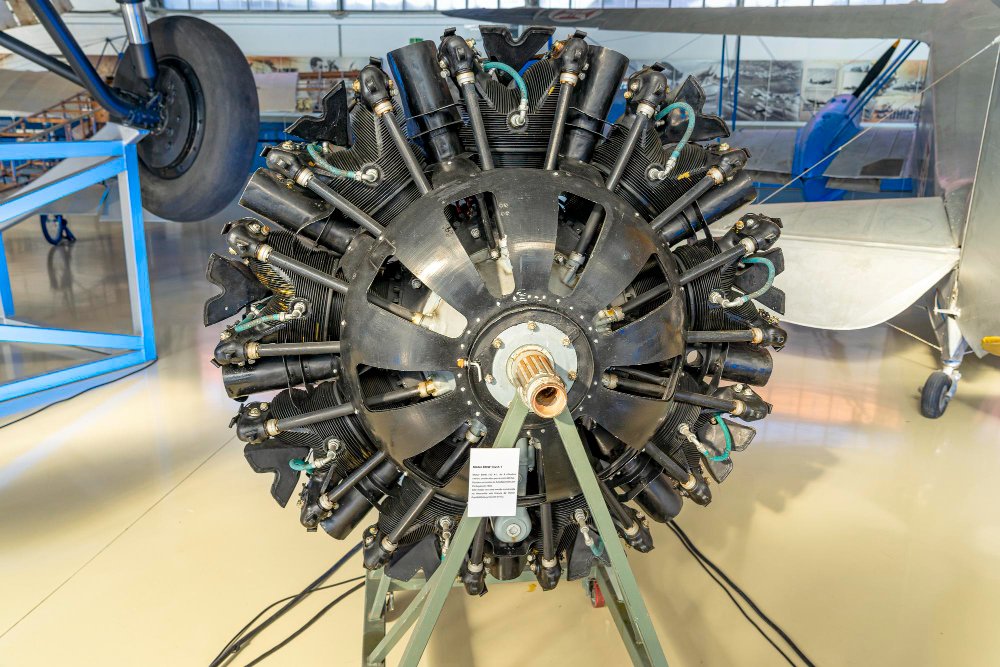
The worldwide aviation sector is going through a major upheaval. The electrification of aircraft propulsion systems is rapidly evolving from an experimental trend to an industry need, particularly due to severe pollution laws and the push for net-zero ambitions. According to Roland Berger’s (2023) research, more than 170 electric aircraft projects are now in development around the world, with more than 30% focusing solely on propulsion electrification.
Although energy storage (batteries, hydrogen fuel cells) and motor efficiency have drawn a lot of attention, mechanical gearbox systems, particularly gears, play an important role in bridging the gap between high-speed electric motors and maximum thrust output. Electric propulsion systems require gear solutions that are compact, lightweight, and thermally resistant, which frequently operate at higher speeds and loads than conventional aviation gearboxes.
This transition presents two difficulties for Indian gear manufacturers: an obvious major opportunity to develop into high-value international aerospace supply chains and the need to reconsider outdated designs and methods. Syncing gear manufacturing skills with aircraft electrification trends is both strategically required and sounds profitable, given that India is predicted to become the world’s third-largest domestic aviation market by 2030.
What gear manufacturers need to know about evolving propulsion
The propulsion system of electric aircraft is no longer solely based on gas turbine mechanical drives. Rather, traditional engines are replaced or supplemented by electric motors fuelled by batteries, fuel cells, or turbine-generated electricity. Fine gear transmission systems are required to efficiently convert the high-speed rotational power generated by these motors into thrust.

From a gear manufacturer’s standpoint, the three dominant propulsion architectures present distinct transmission challenges:
Gear geometry, material performance, noise reduction, and thermal stability all have specific requirements based on the setup. The design, simulation, and manufacturing precision of gear systems that support propulsion schemes must keep up with them.
Where Gears Fit In: The Mechanical Core of Electric Propulsion
The need for precise gear systems grows as the aviation industry uses electric propulsion. Electric motors, while requiring a smart mechanical interface to provide usable thrust, have the potential to be efficient. The gearbox serves as that interface, and gear makers have a significant impact on its design and construction.
High Motor RPM Speed Reduction
Electric propulsion systems typically operate at speeds ranging from 20,000 to 60,000 RPM, which are far higher than the ideal propeller or fan speeds. Gear systems are essential for efficiently lowering this speed while minimising energy loss. This calls for gear makers.
Thrust Torque Multiplication
To provide adequate thrust, high-speed electric motors require torque amplification. Gearboxes must convert low-torque motor outputs to high-torque drive systems.
Power Transmission With Smaller Systems
Weight and volume constraints limit the design of electric aircraft. Gearboxes, which are commonly incorporated in nacelles or wing-mounted pods, must be small while still transferring significant power. This generates demand for:
Distributed Propulsion
A high-efficiency gearbox may be required for each of the numerous tiny motors placed throughout the airframe in distributed propulsion designs. Manufacturers of gear must now consider modularity:
Key Challenges for Gear Manufacturers
Electric propulsion requires lightweight, high-speed, efficient, and thermally stable gears, which are beyond the capability of standard industrial systems. Most domestic producers do not have access to aerospace-grade materials, surface treatments, or the complex testing infrastructure needed to verify high-RPM, compact gear systems. Keeping up with global aerospace standards like AS9100D adds complexity and necessitates strict design discipline, lifecycle validation, and traceability. Furthermore, there is currently a dearth of experience with motor integration, NVH optimisation, and high-speed tribology.
Indian gear makers risk missing out on the global shift if they do not invest significantly in R&D, talent, and collaboration with aerospace OEMs. The main problem is to adapt to the precision, certification, and integration requirements of the future of electric aircraft, rather than simply upgrading gears.
These five challenges will be what the upcoming gear makers have to tackle initially before manufacturing for aviation electric propulsion.
The advantages to Indian gear makers in this field
By adopting AS9100D standards, high-speed gear finishing, and sophisticated heat treatments, Indian gear makers, who were already successful in automotive precision, now have a clear path to the aerospace sector. Experience gained in the EV sector, notably in motor-gear integration, can be effectively applied to the development of tiny gearboxes for electric drones and light aircraft.
Manufacturers can position themselves as global suppliers of electric propulsion systems because of India’s low cost and expanding aerospace certifications. Global OEMs are increasingly open to purchasing from Indian companies that offer scalability and quality.
The government’s “Make in India-Aerospace” and PLI program, which funds capital improvements, R&D labs, and testing facilities, enables Indian companies to enter the electric aviation industry faster and establish long-term export potential.
Technical Focus Areas for Indian Gear R&D Teams
Gearing will be critical to the success of the shift to electric aircraft propulsion, which is currently occurring and not just theoretical. This is a turning point moment for Indian gear makers, both strategically and technically. Early adopters can position themselves as essential players in the global supply chain for electric aircraft by adhering to aerospace standards and building competencies in high-speed, lightweight, and thermally efficient gear systems. It is time to convert from component suppliers to crucial propulsion partners in the development of the next generation of aircraft.